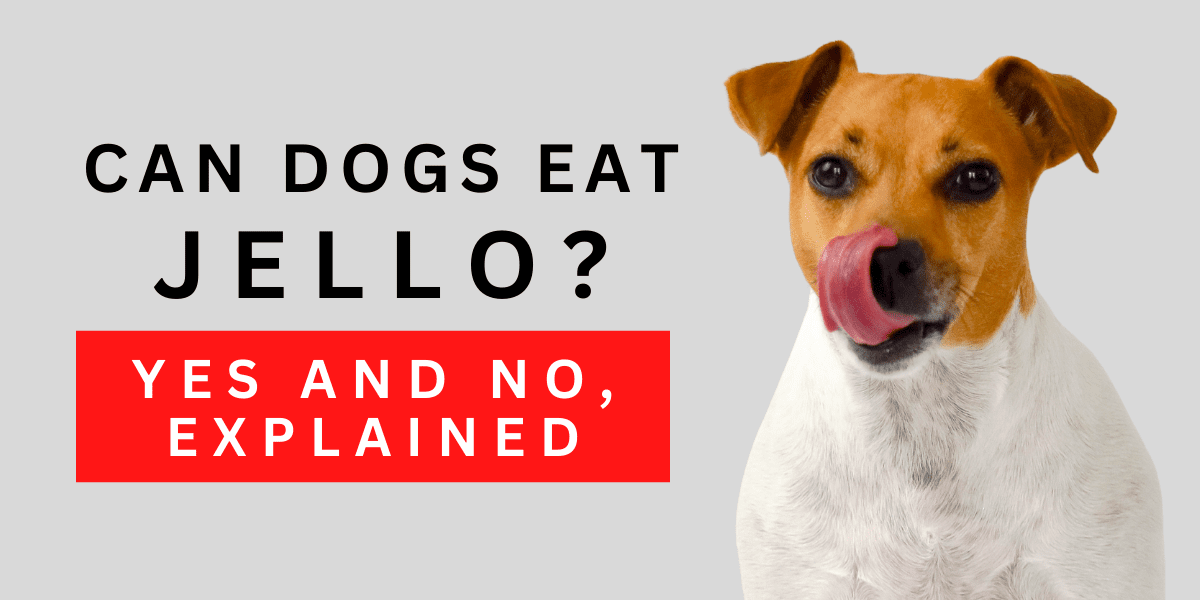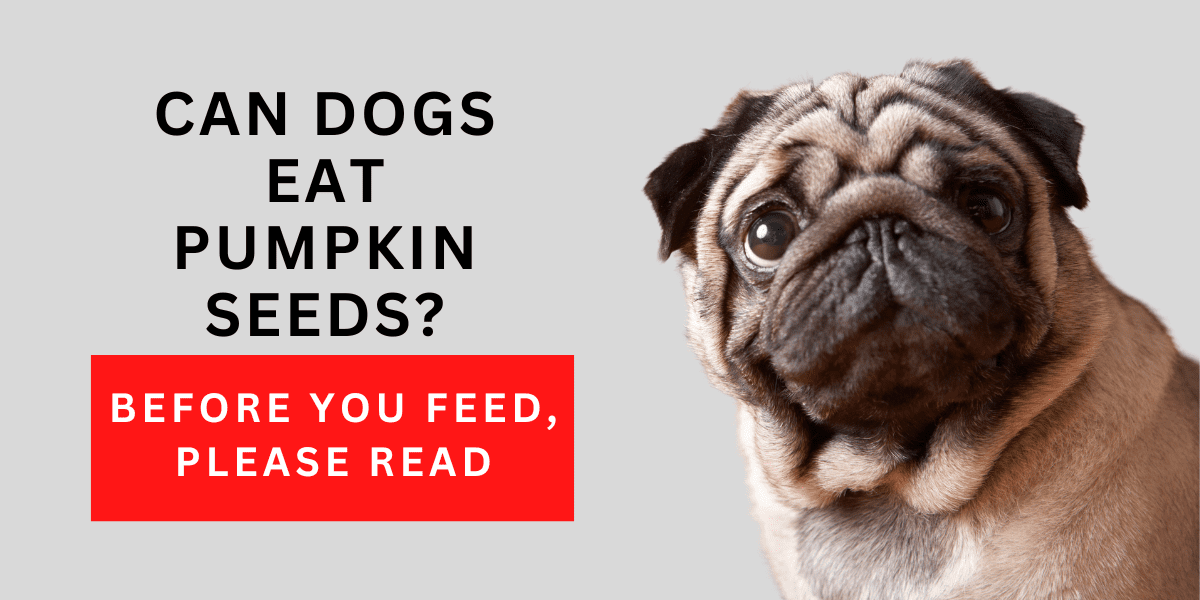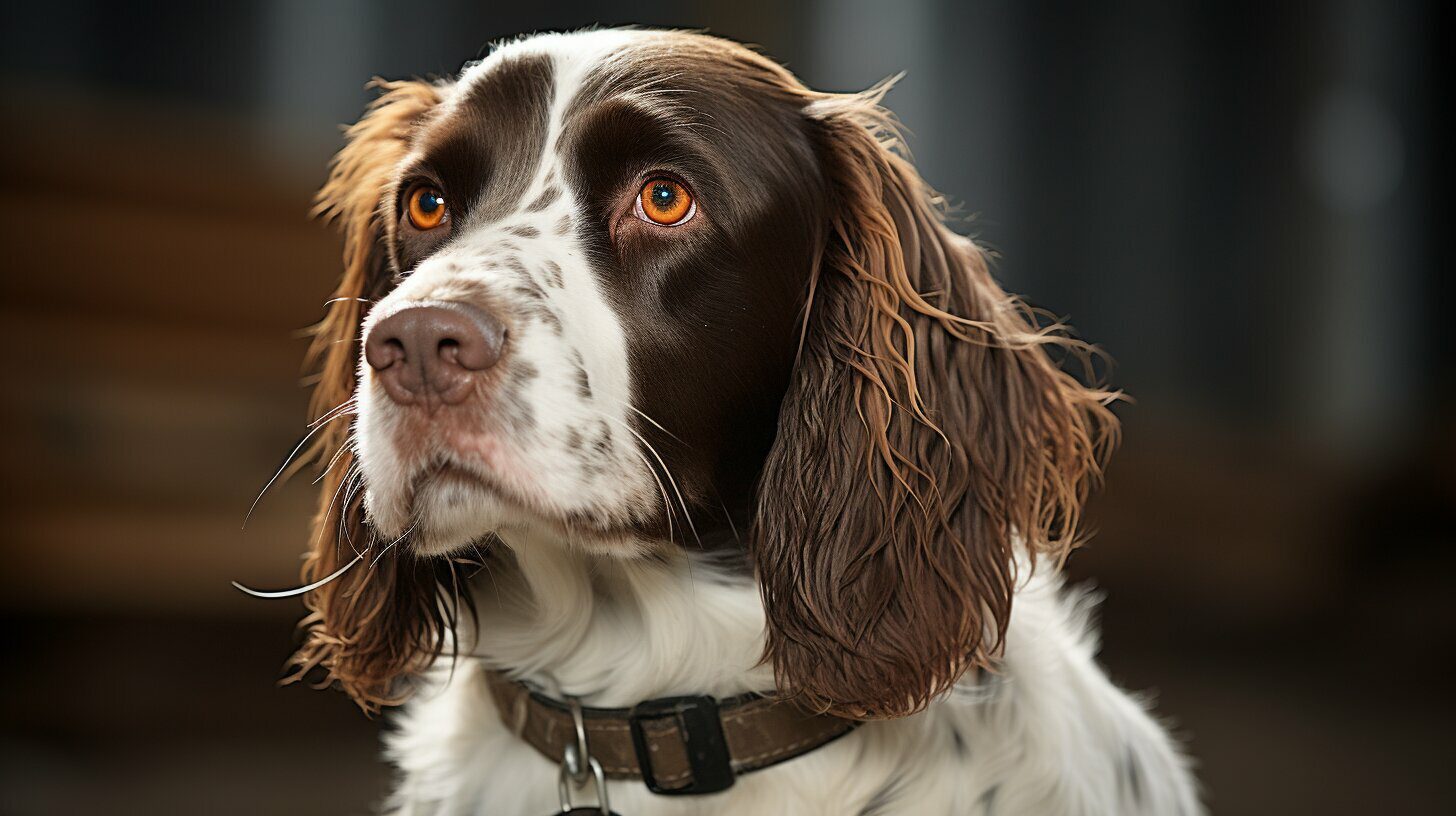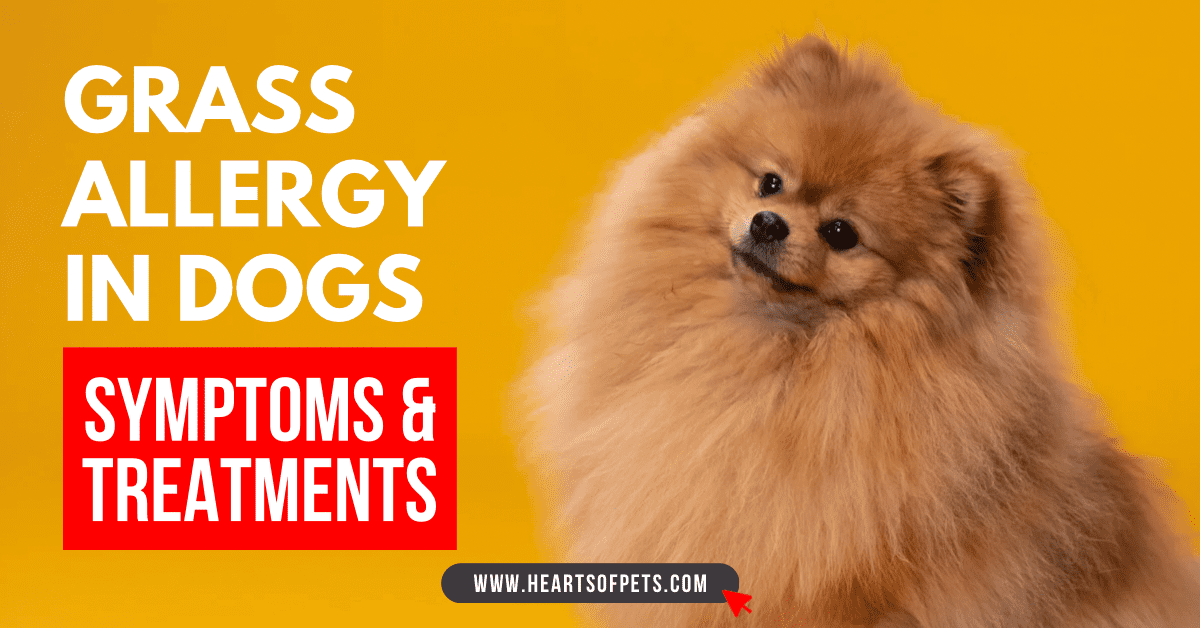All puppy owners, especially the new ones, want to know when do puppies open their eyes. Puppies go through a critical period of eye development during the first few weeks and months of life, and there are several things that new owners can do to help their pups during this important stage.
When Do Puppies Open Their Eyes for the First Time?
Puppies are born blind and deaf, but they make up for it with an excellent sense of smell. For the first two weeks of their lives, they’ll mainly just sleep, eat, and go to the bathroom. During this time, their eyes will be closed as they continue to develop.
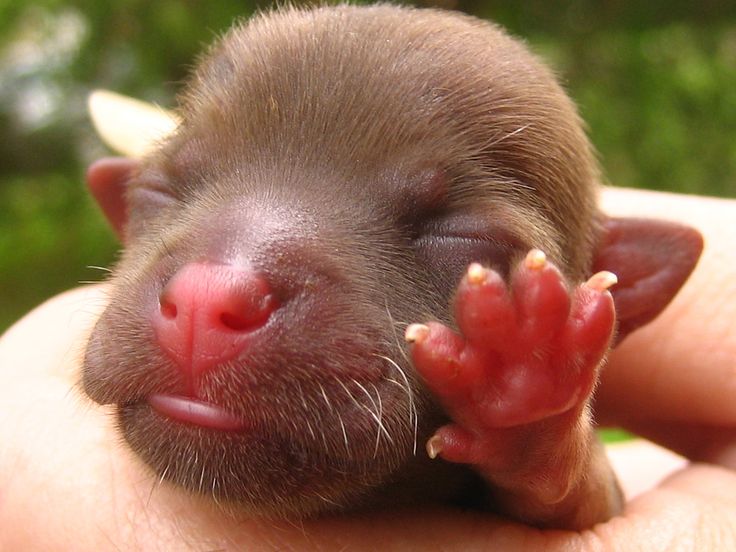
How Long Does It Take for Puppies to Open Their Eyes?
Typically, puppies open their eyes between two and 14 days after they’re born. Some may even be born with their eyes already open. However, it’s not uncommon for one eye to open before the other. This usually happens because the muscles that control each eyelid develop at different rates.
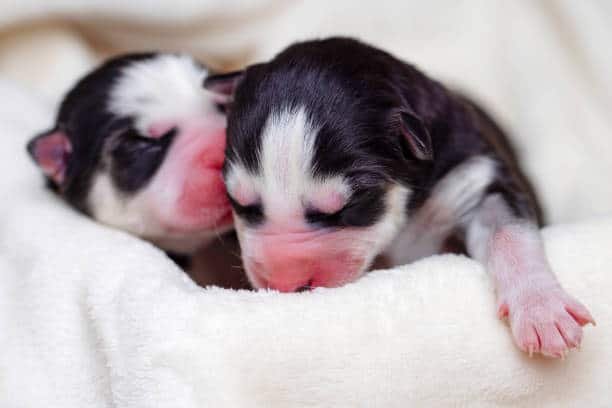
What Causes Puppies to Open Their Eyes Late?
In some cases, a puppy’s eye may not open on its own and will need gentle cleaning with a damp cloth twice a day until it does. Additionally, if a puppy is born premature or with an infection, they may open their eyes later than average. These pups usually require special care and attention from a veterinarian.
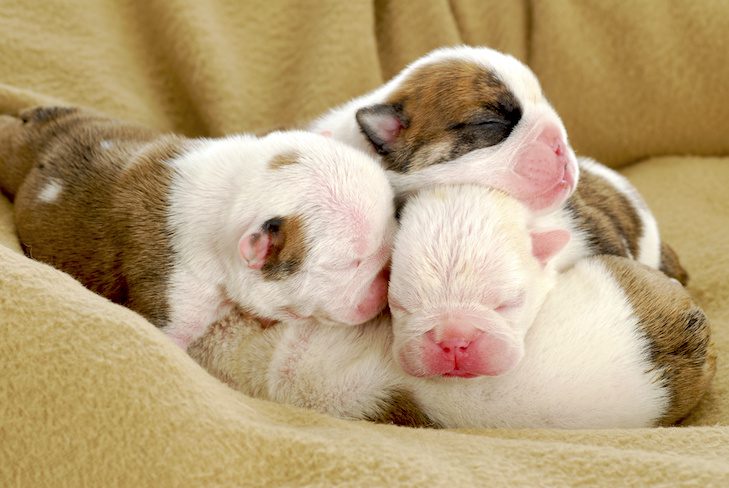
Does Eye Color Change After Puppies Open Their Eyes?
Yes, it’s perfectly normal for a puppy’s eye color to change after they open their eyes. In most cases, they’ll start out with blue or gray eyes that gradually become darker as they age (usually between six to eight weeks old). Rarer colors like green or hazel usually stay pretty consistent.
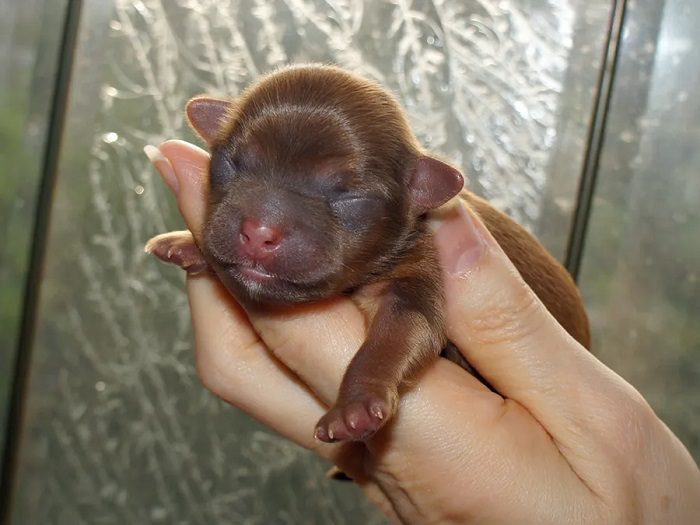
What to Expect When Your Pup Starts to See
Most puppies will start to see between two and 14 days after they’re born, but each pup is different. Some may be born with their eyes already open while others won’t open their eyes until later.
During this time, it’s important for owners to keep an eye on their pup as they adjust to their new sense of sight. There are a few challenges that puppies face during this time which can affect their development. For instance, they may be clumsy and wobbly as they get used to seeing the world around them.
A puppy’s eye color frequently changes once they open their eyes. The eyes usually start out being blue or gray and eventually get darker as they get older. The consistency of rarer hues like green or hazel is typically rather constant.
Puppies go through a critical period of eye development during the first few weeks and months of life. Puppy owners should be aware that their dogs will need some time to adapt to their new vision and should be patient during this process.
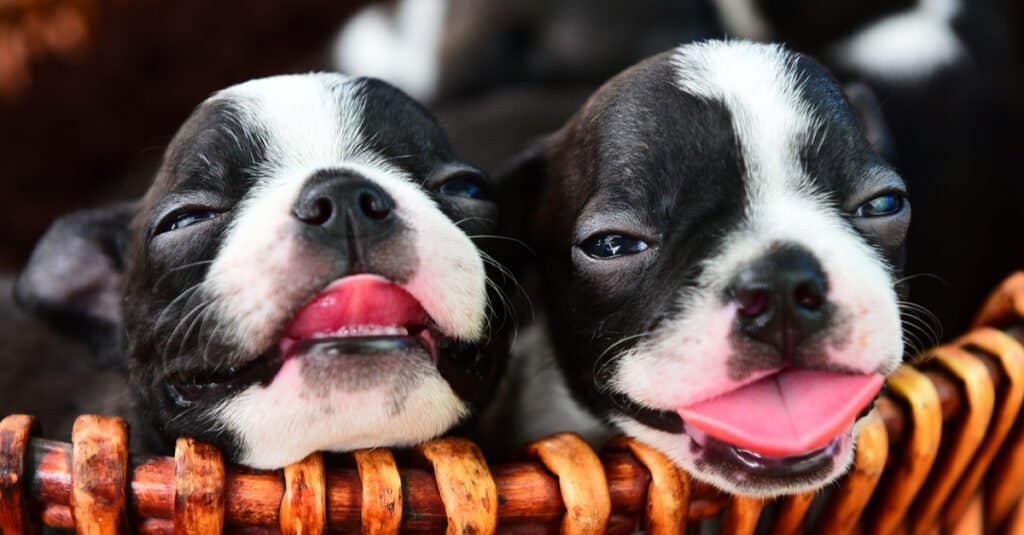
How Do Puppies Learn About Their Surroundings After Opening Their Eyes?
For the first two weeks of their lives, they rely on their mother’s milk for sustenance and warmth. As they start to grow, they begin to take interest in their surroundings. Here’s how they learn about the world around them during those crucial early weeks.
Puppies learn about their surroundings through smell, touch, and taste. When they open their eyes for the first time, they begin to explore their immediate area using these three senses.
- Smelling is the most important sense for puppies since it helps them differentiate between their mother and other dogs. They use smell to find food and identify potential threats.
- Touch is also very important for puppies. They use touch to explore their surroundings and figure out what’s safe to play with and what isn’t. For example, if a puppy touches something sharp, he’ll quickly realize that it isn’t something he should be playing with.
- Taste is the least important sense for puppies since they’re not able to eat solid food until they’re about 4 weeks old.
Puppies also learn through trial and error. For example, if a puppy falls off the bed, he’ll quickly learn that beds are not the best place to play. Through play, puppies also pick up a lot about their surroundings. Chasing one another around, wrestling, biting, and barking are all ways for puppies to explore the world around them and figure out how they fit into it. Playtime is an important part of a puppy’s development, so make sure your pup has plenty of opportunities to run around and have fun!
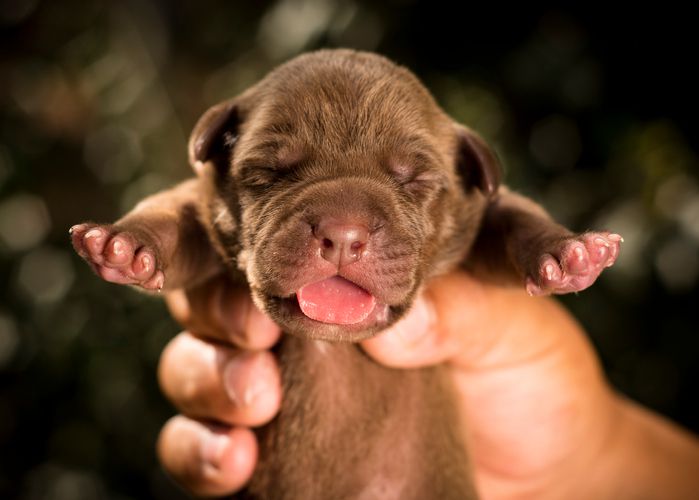
Puppies are constantly learning during those first few weeks of life, so it’s important to provide them with a safe environment where they can explore without getting into too much trouble.

Challenges Puppies Face During The Critical Period of Eye Development
All puppies go through a critical period of eye development between the ages of 3 and 16 weeks old. This is when their vision develops and they learn important skills like depth perception and hand-eye coordination. Unfortunately, this period is also when many puppies develop health problems that can affect their vision later in life.
Some of the most common issues that can develop during the critical period of eye development include:
1. Amblyopia or Lazy Eye
Occurs when the brain starts to ignore information from one eye. This can happen if the eye is not able to focus properly, if there is a problem with the way the eye muscles work, or if there is a difference in the way the eyes see images. Amblyopia can lead to permanent vision loss if it is not treated early.
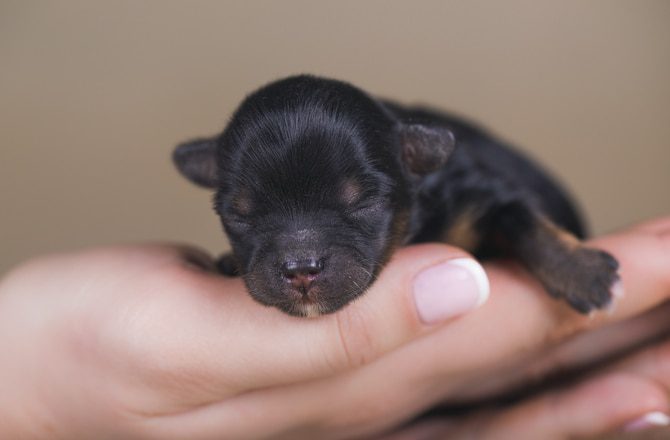
2. Strabismus or Crossed Eyes
Occurs when the eyes are not aligned properly. This can be caused by a problem with the muscles that control eye movement, or it can be due to an issue with the way the eyes are developed in the womb. Strabismus usually improves on its own by the time a puppy is 8 weeks old, but it can come back later in life if it is not treated early.
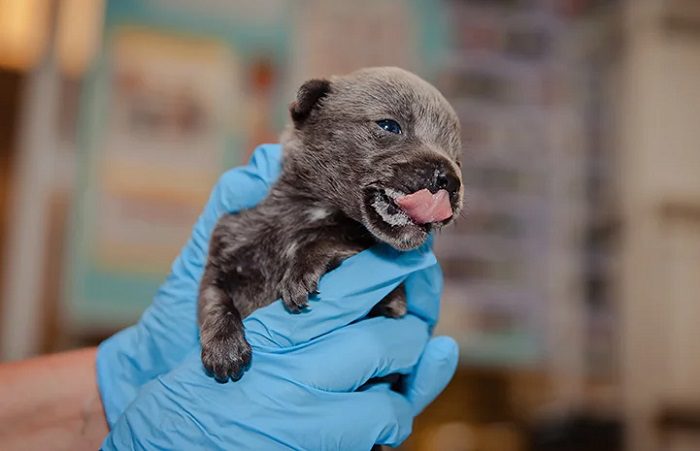
3. Cataracts
Occur when there is a haze over the pup’s lens, which prevents light from reaching the retina properly. Cataracts can be congenital (present at birth) or acquired (develop later in life). If left untreated, cataracts will eventually lead to blindness.

4. Nystagmus or Poor Night Vision
An involuntary movement of the eyes that can occur in both humans and animals. In puppies, it manifests as a rapid side-to-side movement of the eyeballs. This condition is usually congenital, meaning it’s present at birth, but it can also be acquired later in life due to trauma, disease, or certain medications.
The critical period of eye development is a crucial time in a puppy’s life. During this time, they are susceptible to vision problems if they do not receive the proper care and stimulation. As a puppy owner, it’s important to be aware of the challenges that your furry friend faces during this time so you can ensure that their vision develops properly.
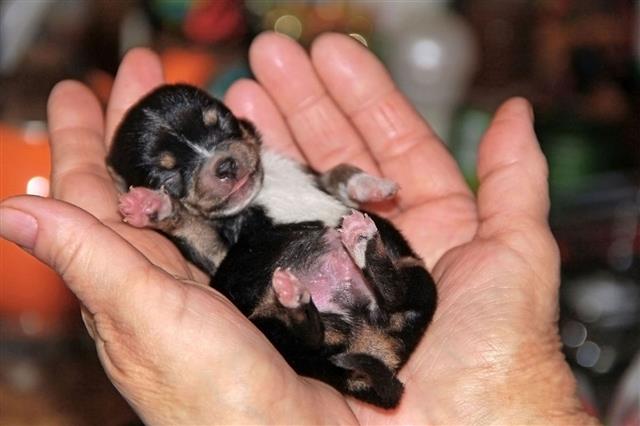
How to Help Your Puppy Adjust to Seeing
Helping them adjust to seeing can be tough, but luckily there are a few things you can do to make the transition a little smoother. With a little patience and a lot of love, your puppy will be seeing the world in no time!
Ease Into It
The first thing you’ll want to do is take things slow. Let your puppy get used to the idea of seeing by gradually introducing them to different sights and patterns. Start with simple things like letting them see you move around the room or experiment with some basic toys in front of them. Once they seem comfortable with that, you can try taking them outside for short walks and letting them explore their surroundings.
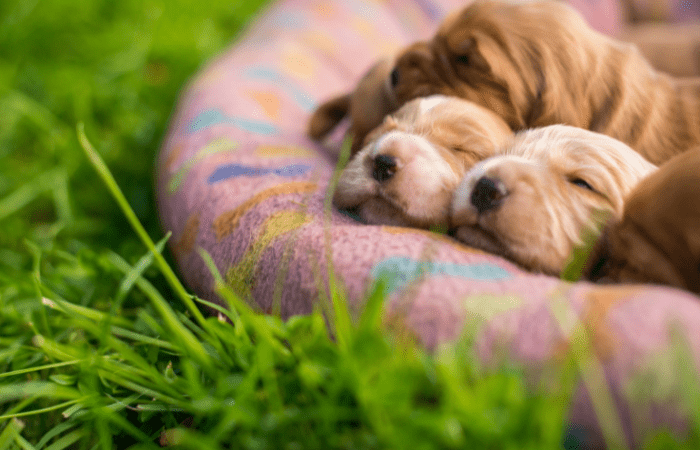
Be Patient
Puppies have a lot to learn, so it’s important to be patient as they adjust to their new surroundings. They may not understand what they’re seeing at first, or they may be afraid of all the new stimuli. It’s important not to force them into anything and to let them learn and explore at their own pace. Remember that this is all new to them, so it might take some time for them to fully adjust.
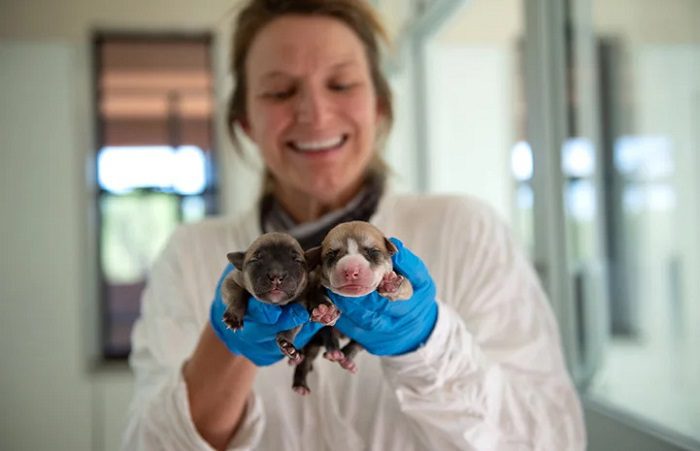
Reward Them
Positive reinforcement is always a good idea when training puppies (or really any animal), but it’s especially important during this time. Whenever your puppy does something good, make sure to give them lots of praise and treats! This will help teach them that they’re doing something right and help encourage them to keep it up. With a little patience and a lot of love, your puppy will be seeing the world in no time!
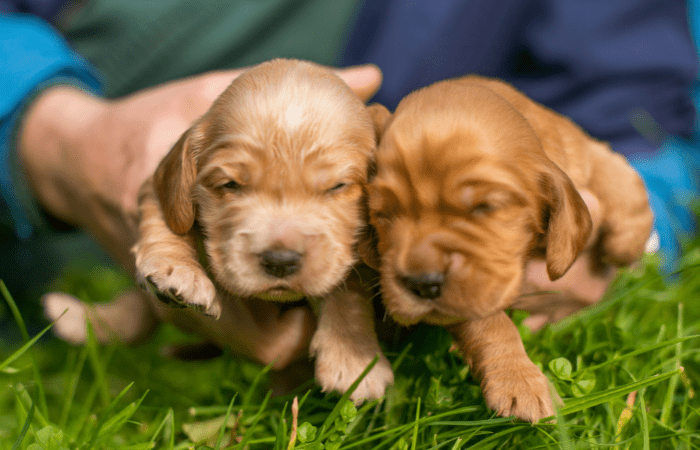
How to Care for a Blind Puppy?
What if among the bunch of puppies you have, there is one that happened to be blind? What can you do to assist them?
First and foremost, it’s important to keep your blind puppy safe. Since they can’t see, they are at a higher risk for injury. It’s important to create a safe space for them where they can explore without the risk of bumping into things or getting lost. This may mean securing loose cords, putting up baby gates, or keeping them on a leash when they are outdoors.
You should also consider getting your puppy a harness instead of a collar since collars can put pressure on their neck and throat if they pull too hard. A harness will help distribute the weight evenly and make it easier for you to guide them.
When it comes time to potty train your pup, it will be a little bit more challenging since they can’t follow your cues when you take them outside. The best way to potty train a blind puppy is by establishing a daily routine and taking them out at regular intervals throughout the day. It’s also important to give them praise and rewards when they go potty in the right spot so that they associate good things with going outside.
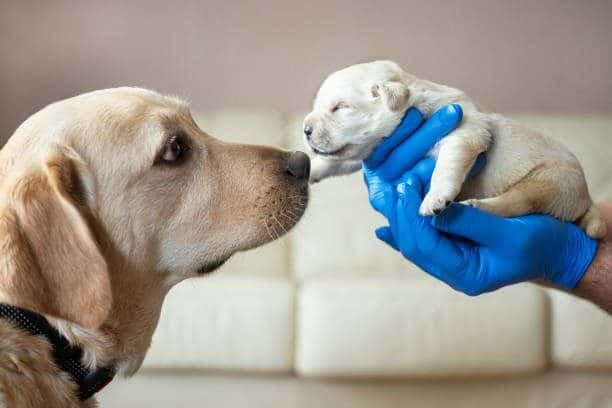
Socialization is another important part of raising a blind puppy. Just because they can’t see doesn’t mean they don’t need social interaction. If anything, it’s even more important since they won’t be able to pick up on social cues from other dogs like eye contact or body language. Puppy classes or playdates with other friendly dogs are a great way to socialize your blind pup and help them develop essential skills like bite inhibition and proper greetings.
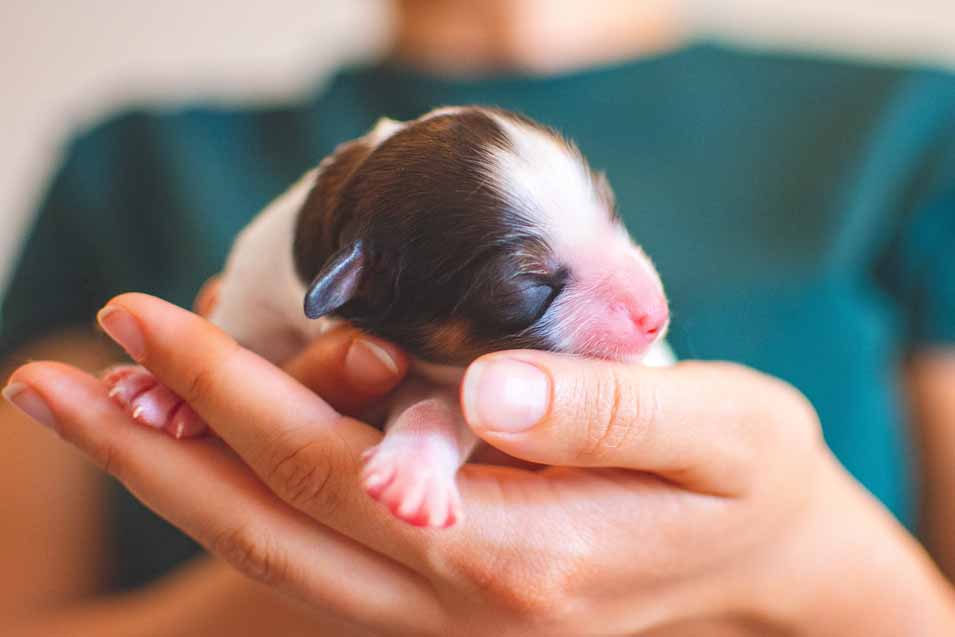
The Bottom Line
Puppies are special creatures that need a little extra care and attention when they first open their eyes. By taking things slow, being patient, and rewarding them for good behavior, you can help your puppy adjust to seeing and make the transition as smooth as possible. They’ll soon be exploring the world if you just remember to keep them safe and well-adjusted.
Frequently Asked Questions (FAQs)
WHAT SHOULD I EXPECT FROM A 1 WEEK OLD PUPPY?
They will spend their entire first week sleeping and eating in order to put on weight and build strength.
HOW LONG DO PUPPIES STAY IN WHELPING BOX?
For the first 20 days of their lives, puppies are contentedly in their whelping box. Puppies who are just born spend much of the day sleeping.
DO I HAVE TO WATCH NEWBORN PUPPIES 24/7?
Puppies that are just born require continual attention. They are unable to protect oneself in the event of harm, in addition to being unable to hear, see, or walk. The best way to avoid potentially fatal mishaps and injuries is to closely monitor a young puppy.
WHY IS MY DOG LAYING ON HER PUPPIES?
It may appear that your dog is lying “on” her puppies, but doing so is quite natural. A dam’s main goal is to maintain their comfort and food supply in normal conditions.

